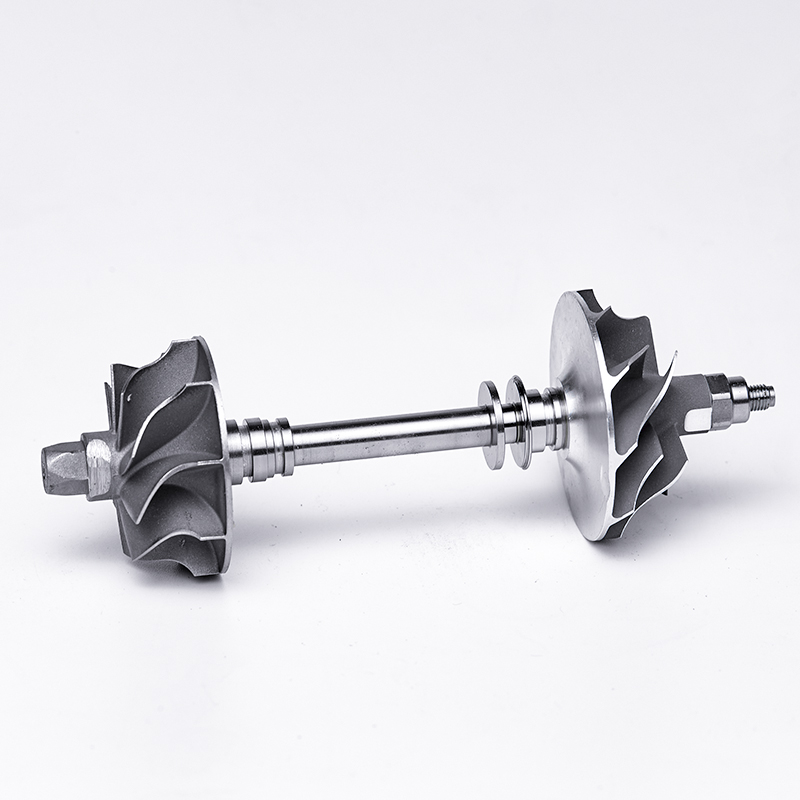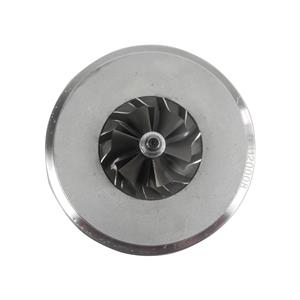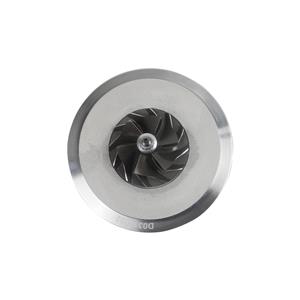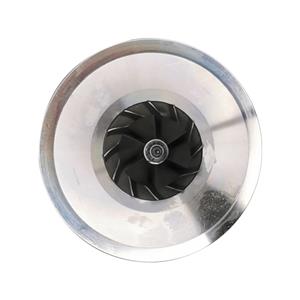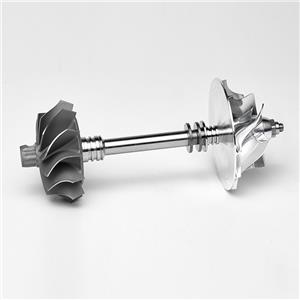What working methods do car turbocharger parts use to reduce fuel consumption and weight?
What working methods do car turbocharger parts use to reduce fuel consumption and weight?
To reduce fuel consumption in urban conditions, the Toyota turbocharger uses two modes of operation of the internal combustion engine cycle, the super-low fuel consumption Atkinson cycle during non-acceleration and the Otto cycle during acceleration. to significantly reduce fuel consumption while waiting at idle and under heavily congested roads. The Atkinson cycle, with half the volume of mixture of the Otto cycle, achieves full piston stroke work, which means that the Atkinson cycle is able to maintain the generator and compressor at idle with half the fuel, during idling and continuous driving, and to maintain the vehicle at continuous driving with half the fuel. When accelerating, the Alto cycle is used to bring out the engine's high output again.
In terms of engine weight, the European manufacturers have done more to reduce the weight of the 2.0T by simplifying the camshaft design of the cylinder head and making the camshaft integral with the valve cover. Every effort was made to make the engine lower, thus improving the handling of the front-wheel drive models and reducing understeer as much as possible. The front-wheel drive Audi A6 and A4 are examples of cars that handle better than other similar front-wheel drive models. The Toyota 8AR-FSE, on the other hand, is relatively complex, and its weight is comparable to that of its V-6 engine. ....
All of this adds to the overall weight of the engine. But because the Crown uses a rear-wheel-drive architecture, this weight is easily dispersed by the weight of the transmission, differential, etc., shifting the overall centre of gravity back and achieving the ideal front-to-rear mass ratio.
